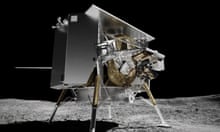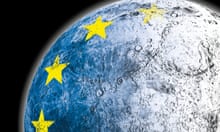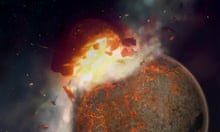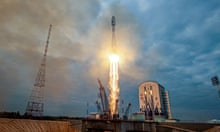The moon does influence the temperature here on Earth, although the old belief that frost is more likely during a full moon is unfounded.
New research by Prof Ed Hawkins and colleagues at the University of Reading looks at the regular 18.6-year cycle during which the moon’s orbital plane shifts in relation to the Earth’s equator. This cycle has been known since prehistoric times, and can be observed by slight changes in where the moon rises and sets. The cycle affects tides and how warm water from the surface of the ocean mixes with colder water below. This in turn influences how rapidly the sea absorbs heat.
According to Hawkins’ paper, these lunar cycles can heat or cool the globe by about 0.04C at their extremes. That’s imperceptibly small to humans, but enough to influence climate change modelling. In particular, the effect may help explain an apparent slowdown in warming in the 2000s, and could fractionally increase warming in the 2030s.
The findings have yet to be confirmed, but this work provides an insight into the many complex factors that climate scientists have to deal with, and how they are working to account for every possible influence, even those that might at first seem like lunacy.











Comments (…)
Sign in or create your Guardian account to join the discussion